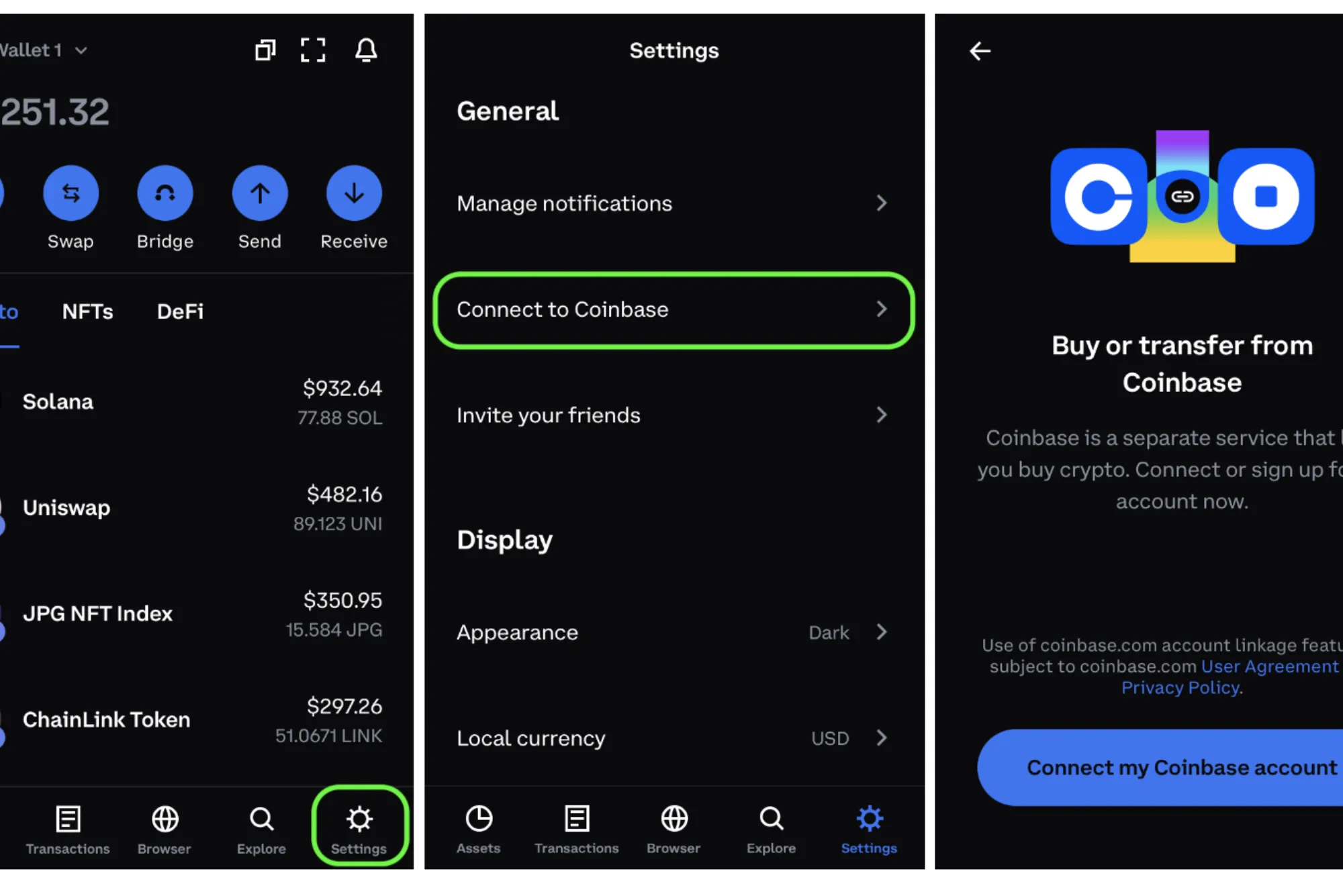How to Make Your Own Cryptocurrency Exchange
The cryptocurrency market is booming, and with it, the demand for cryptocurrency exchanges is also on the rise. Building your own cryptocurrency exchange can be a lucrative venture if done right. This guide will walk you through the essential steps needed to create a successful cryptocurrency exchange.
Understanding Cryptocurrency Exchanges
Cryptocurrency exchanges are platforms that facilitate the trading of cryptocurrencies. They allow users to buy, sell, and trade digital assets securely. There are two primary types of exchanges:
Centralized Exchanges (CEX)
Centralized exchanges are managed by a central authority or company. Users trust the exchange to handle their funds and execute transactions. Examples include Binance and Coinbase.
Decentralized Exchanges (DEX)
Decentralized exchanges operate without a central authority. They rely on smart contracts and blockchain technology to facilitate trades directly between users. Examples include Uniswap and Sushiswap.
Steps to Create Your Own Cryptocurrency Exchange
Conduct Market Research
Before diving into the development process, it’s crucial to conduct thorough market research. Understand the existing competitors, identify your target audience, and determine the unique features that will set your exchange apart.
Choose the Right Jurisdiction
The legal environment for cryptocurrency exchanges varies significantly across different countries. Choose a jurisdiction with favorable regulations for cryptocurrencies. Ensure that your exchange complies with all local laws and regulations, including KYC (Know Your Customer) and AML (Anti-Money Laundering) policies.
Secure Funding
Building a cryptocurrency exchange requires significant investment. Secure funding through investors, venture capital, or personal savings. Prepare a detailed business plan and financial projections to attract potential investors.
Design the Architecture
Designing the architecture of your exchange is a critical step. This includes selecting the right technology stack, such as programming languages, databases, and hosting solutions. Key components of your exchange architecture should include:
Trading Engine
The core of your exchange, responsible for matching buy and sell orders.
User Interface (UI)
An intuitive and user-friendly interface for users to interact with your platform.
Wallet Integration
Secure wallets for storing users’ funds.
Admin Panel
A backend system for managing users, transactions, and security features.
Partner with a Payment Processor
To facilitate fiat transactions, partner with a reliable payment processor. This allows users to deposit and withdraw fiat currencies like USD, EUR, etc.
Implement Security Measures
Security is paramount in a cryptocurrency exchange. Implement robust security measures such as:
Two-Factor Authentication (2FA)
To protect user accounts.
SSL Certificates
To encrypt data transmissions.
Cold Storage
For storing the majority of funds offline, reducing the risk of hacks.
. Regular Security Audits
To identify and fix vulnerabilities.
Develop the Exchange
Once you have your architecture and security measures in place, start the development process. You can either build your exchange from scratch or use white-label solutions that provide a ready-made platform you can customize.
8. Test Thoroughly
Conduct extensive testing of your exchange before going live. This includes functionality testing, security testing, and performance testing. Ensure that all features work as intended and that the platform can handle high trading volumes.
Launch and Market Your Exchange
Once testing is complete, launch your exchange. Develop a comprehensive marketing strategy to attract users. Utilize social media, crypto communities, and influencer partnerships to promote your platform.
Provide Ongoing Support and Maintenance
After the launch, provide continuous support and maintenance. Address user queries promptly, fix bugs, and release regular updates to improve the platform.
Key Features of a Successful Cryptocurrency Exchange
User-Friendly Interface
A clean and intuitive interface enhances user experience and encourages engagement.
High Liquidity
High liquidity ensures that users can buy and sell assets quickly without significant price fluctuations.
Security
Implementing top-notch security measures builds trust among users.
Customer Support
Providing excellent customer support helps in retaining users and addressing their issues promptly.
Multi-Currency Support
Offering support for a wide range of cryptocurrencies attracts a larger user base.

Legal Considerations
Operating a cryptocurrency exchange involves navigating complex legal landscapes. Here are some key legal considerations:
Licensing
Ensure you obtain the necessary licenses to operate legally in your chosen jurisdiction.
Compliance
Adhere to all regulatory requirements, including KYC and AML regulations.
Data Protection
Comply with data protection laws to safeguard user information.
Monetization Strategies
There are several ways to monetize your cryptocurrency exchange:
Trading Fees
Charge a small fee for each trade executed on your platform.
Listing Fees
Charge fees to list new cryptocurrencies on your exchange.
Withdrawal Fees
Charge users for withdrawing funds from the exchange.
Premium Features
Offer premium features or memberships for advanced trading tools and benefits.
Creating your own cryptocurrency exchange is a complex but rewarding endeavor. By following the steps outlined in this guide, you can build a secure, user-friendly, and legally compliant platform. Stay updated with the latest trends and regulations in the cryptocurrency industry to ensure the long-term success of your exchange.
Cryptocurrency Games
Cryptocurrency games are an emerging trend in the digital gaming and blockchain spaces. These games leverage blockchain technology to offer players unique experiences, such as earning cryptocurrencies or owning in-game assets that can be traded or sold. One of the significant appeals of cryptocurrency games is the ability to truly own and control in-game assets, unlike traditional games where the game’s publisher retains ultimate control. This ownership is facilitated through non-fungible tokens (NFTs), which represent unique digital items stored on the blockchain. Additionally, play-to-earn (P2E) models are gaining popularity, allowing players to earn real-world value through their gaming activities, thereby creating new economic opportunities within the gaming ecosystem.
The integration of cryptocurrencies into games also introduces transparency and security, as blockchain technology ensures that all transactions and asset ownerships are recorded on a public ledger. This reduces the risk of fraud and enhances trust among players. Furthermore, these games often feature decentralized marketplaces where players can buy, sell, or trade their in-game assets with others. As the cryptocurrency and gaming industries continue to evolve, the potential for innovative and immersive experiences in cryptocurrency games is vast, offering both entertainment and financial incentives for players worldwide.



